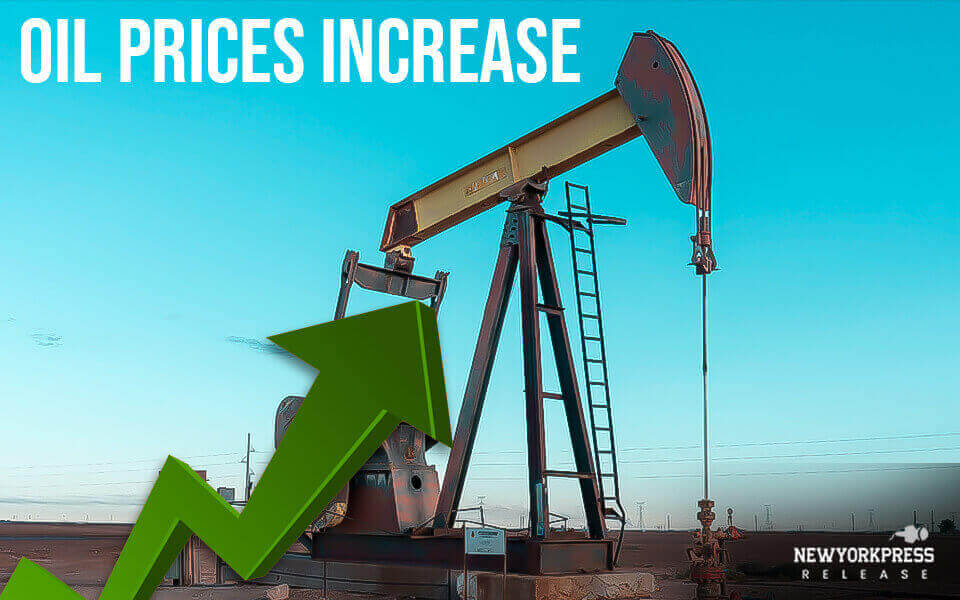Oil prices rose further on Wednesday as industry data showed a significant draw in oil stocks in the U.S., the world’s largest fuel user, and as fears of a hurricane in the Gulf of Mexico kept investors on edge.
Brent crude futures for October soared 0.3%, or 31 cents, to $86.80 per barrel by 04:15 GMT. The October contract ends on Thursday, and the more active November contract was at $85.23 per barrel, raised by 32 cents.
U.S. West Texas Intermediate crude futures were up by 0.47%, or 38 cents, to $81.54, logging their fifth session of gains.
Both benchmarks amassed more than one dollar on Tuesday as the U.S. dollar slid after the possibility of further interest rate hikes was relieved following softer US job data.
As per market sources mentioning American Petroleum Institute numbers on Tuesday, U.S. crude stocks fell by nearly 11.5 million barrels in the week ended August 25. Reuters polled analysts before the data predicted a mean draw of 3.3 million barrels.
The larger-than-expected draw in U.S. crude oil reserves is positive for the oil market as it points towards firm demand, an analyst at Fujitomi Securities Co. Ltd., Toshitaka Tazawa, stated.
Investors purchased futures worrying about Hurricane Idalia, which is raging in the Gulf of Mexico to the east of big US oil and natural gas production locations.
“Concerns over the Hurricane Idalia prompted fresh buying,” said Tazawa.
According to the Energy Information Administration (EIA), the offshore Gulf of Mexico contributes to around 15% of US oil output and 5% of natural gas production.
Chevron Corp CVX.N evacuated some employees from the area, while production continued at the company’s Gulf of Mexico facilities.
Analysts expect Saudi Arabia, the world’s largest oil exporter, to extend its voluntary output cut into October.
According to refinery sources surveyed by Reuters, Saudi Arabia will hike official selling prices for crude sold to Asia under long-term contracts to their highest level this year in October.
Concerns about gasoline demand and the macroeconomic condition in China, the world’s largest oil importer, kept prices under control.
While the Chinese economy recovered some ground in July after contracting in June, the big picture is that various output indicators have recently levelled off, and the economy could tip into a downward spiral unless policy support is increased soon, according to Capital Economics analysts in a client note.




